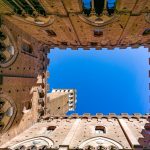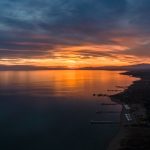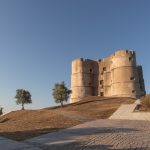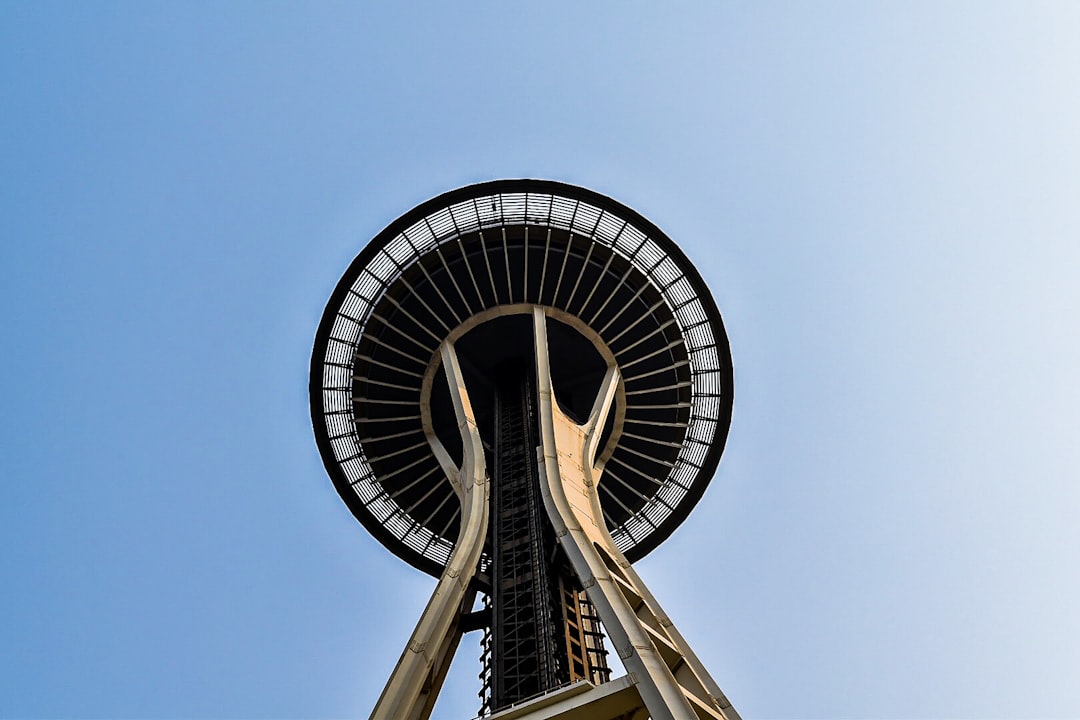Tucson’s history is a rich tapestry woven from the threads of various cultures and epochs, beginning with its establishment as a Spanish colonial settlement in the late 17th century.
In 1692, Jesuit missionary Eusebio Kino arrived in the region, marking the beginning of European influence.
He established missions and introduced agriculture, which transformed the local economy and laid the groundwork for future settlements. The name “Tucson” itself is derived from the O’odham word “Cuk Son,” meaning “at the base of the black mountain,” a reference to the prominent Sentinel Peak that looms over the city. As Tucson evolved, it became a focal point for trade and military activity in the Southwest.
In 1775, it was officially recognized as a Spanish presidio, or fort, which served to protect settlers and facilitate trade routes. The Mexican War of Independence in 1821 shifted control from Spain to Mexico, further influencing Tucson’s cultural landscape. The city continued to grow, becoming a vital hub for commerce and communication.
However, it was not until the Gadsden Purchase in 1854 that Tucson was incorporated into the United States, setting the stage for its transformation into a modern city. The arrival of the railroad in the late 19th century catalyzed economic growth, attracting settlers and businesses alike.
Key Takeaways
- Tucson has a rich history dating back to Spanish colonial settlement and has evolved into a modern-day city with a unique blend of cultures.
- Must-see attractions in Tucson include exploring the beauty of the Sonoran Desert, visiting the Saguaro National Park, and experiencing the unique flora and fauna of the region.
- Tucson’s unique local culture is showcased through vibrant art scenes, traditional Mexican cuisine, and a strong sense of community pride.
- Outdoor adventures in Tucson abound, with opportunities for hiking, biking, and exploring the natural wonders of the area, including the stunning landscapes of the Catalina State Park.
- Tucson is home to many hidden gems, including off-the-beaten-path destinations and local favorites such as the historic Barrio Viejo neighborhood and the Tucson Botanical Gardens.
- Events and festivals in Tucson celebrate the city’s diverse heritage and community traditions, including the Tucson Gem and Mineral Show and the All Souls Procession.
Must-See Attractions: Exploring the beauty of the Sonoran Desert and beyond
Tucson is surrounded by the stunning landscapes of the Sonoran Desert, which is home to a diverse array of flora and fauna. One of the most iconic attractions is Saguaro National Park, where visitors can marvel at the towering saguaro cacti that can grow to be over 40 feet tall and live for more than 150 years. The park is divided into two districts: the Tucson Mountain District and the Rincon Mountain District, each offering unique hiking trails and breathtaking vistas.
The scenic drives through these areas provide ample opportunities for photography, especially during sunrise and sunset when the desert is bathed in golden light. In addition to its natural wonders, Tucson boasts a rich cultural heritage that can be explored at attractions like the Arizona-Sonora Desert Museum. This unique institution combines a zoo, botanical garden, and natural history museum, showcasing the region’s diverse ecosystems and wildlife.
Visitors can observe native animals such as javelinas, bobcats, and various bird species while learning about the importance of conservation efforts in preserving these habitats. The museum’s extensive collection of desert plants also highlights the beauty and resilience of life in arid environments.
Unique Local Culture: From vibrant art scenes to traditional Mexican cuisine
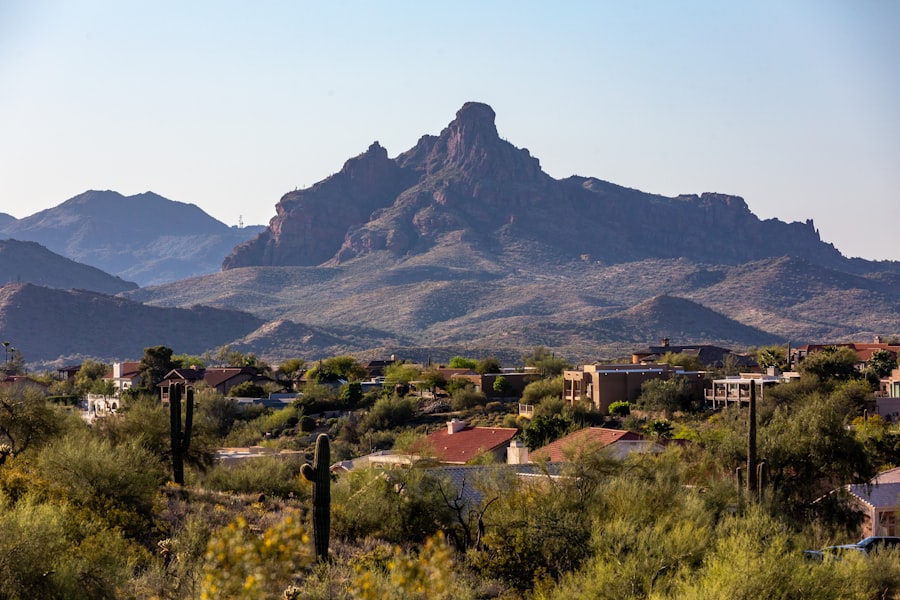
Tucson’s cultural landscape is a vibrant blend of Native American, Mexican, and Anglo influences that manifest in its art, music, and culinary traditions. The city has earned recognition as a UNESCO City of Gastronomy, celebrating its rich culinary heritage that includes traditional Mexican dishes as well as innovative farm-to-table dining experiences. Local favorites such as carne asada tacos, tamales, and Sonoran hot dogs reflect the city’s deep-rooted connections to its Mexican heritage.
The annual Tucson Meet Yourself festival showcases this culinary diversity, bringing together local chefs and food artisans to celebrate traditional recipes and cooking techniques. The art scene in Tucson is equally dynamic, with numerous galleries, studios, and public art installations scattered throughout the city. The historic 4th Avenue district is known for its eclectic mix of shops and galleries that feature works by local artists.
The Tucson Museum of Art offers an extensive collection of American, Latin American, and contemporary art, providing insight into the region’s artistic evolution. Additionally, events like the All Souls Procession—a community celebration honoring deceased loved ones—highlight Tucson’s unique blend of cultural traditions and artistic expression.
Outdoor Adventures: Hiking, biking, and exploring the natural wonders of Tucson
| Activity | Location | Distance | Difficulty |
|---|---|---|---|
| Hiking | Saguaro National Park | Varies | Easy to Difficult |
| Biking | Catalina State Park | 5-50 miles | Intermediate |
| Exploring | Mount Lemmon | Varies | Easy to Moderate |
For outdoor enthusiasts, Tucson is a veritable playground offering a plethora of activities set against a backdrop of stunning natural beauty. The surrounding mountains provide ample opportunities for hiking, with trails ranging from easy walks to challenging climbs. One popular destination is Mount Lemmon, which rises over 9,000 feet above sea level and offers cooler temperatures and lush pine forests.
The Mount Lemmon Scenic Byway is a favorite among cyclists and motorists alike for its breathtaking views and winding roads. In addition to hiking and biking, Tucson’s desert landscape is ideal for rock climbing. Areas like Mount Lemmon and Cochise Stronghold attract climbers from around the world seeking to tackle their challenging routes.
For those interested in water activities, nearby Sabino Canyon offers opportunities for swimming and picnicking along its picturesque streams. The combination of diverse terrains—from rugged mountains to serene desert landscapes—ensures that outdoor adventurers will find something to suit their interests.
Hidden Gems: Off-the-beaten-path destinations and local favorites
While Tucson is home to many well-known attractions, it also boasts a wealth of hidden gems waiting to be discovered by intrepid travelers. One such destination is Tumacácori National Historical Park, located just south of Tucson. This site preserves the ruins of three Spanish missions dating back to the 18th century and offers visitors a glimpse into the region’s colonial past.
The park features walking trails that meander through lush cottonwood groves along the Santa Cruz River, providing a peaceful escape from the hustle and bustle of city life. Another local favorite is the historic Barrio Viejo neighborhood, known for its colorful adobe buildings and rich cultural history. Once a thriving community for Mexican immigrants in the late 19th century, Barrio Viejo has undergone revitalization efforts that have preserved its unique architectural charm.
Visitors can stroll through its narrow streets adorned with vibrant murals and enjoy local shops and eateries that reflect Tucson’s diverse heritage. This area serves as a reminder of Tucson’s storied past while offering a glimpse into its evolving identity.
Events and Festivals: Celebrating Tucson’s diverse heritage and community traditions

Tucson’s calendar is filled with events and festivals that celebrate its rich cultural heritage and foster community spirit. One of the most anticipated events is the Tucson Gem & Mineral Show, held annually in February. This massive event attracts gem enthusiasts from around the world who come to explore an extensive array of gemstones, minerals, fossils, and jewelry.
With hundreds of vendors showcasing their wares across multiple venues, it serves as both an educational experience and a marketplace for collectors. Another significant celebration is La Fiesta de los Vaqueros, an annual rodeo event that pays homage to Tucson’s cowboy culture. This week-long festival features rodeo competitions, parades, live music performances, and various family-friendly activities.
It draws participants from across the country who showcase their skills in events such as bull riding, barrel racing, and roping competitions. This festival not only highlights Tucson’s Western heritage but also fosters a sense of community pride among residents. Throughout the year, Tucson also hosts numerous cultural events that reflect its diverse population.
The All Souls Procession is one such event that honors deceased loved ones through artful displays and community participation. Participants dress in elaborate costumes adorned with skull motifs while carrying photos or mementos of those they wish to remember. This celebration blends elements of Mexican Día de los Muertos traditions with local customs, creating a unique experience that resonates deeply with participants.
In summary, Tucson stands as a city rich in history and culture while offering an array of attractions that cater to diverse interests. From its historical roots as a Spanish colonial settlement to its modern-day status as a vibrant urban center, Tucson continues to evolve while honoring its past. Whether exploring its stunning natural landscapes or immersing oneself in its unique cultural offerings, visitors are sure to find something captivating in this Southwestern gem.
If you’re intrigued by the diverse attractions and cultural insights offered in the article about Tucson, Arizona, you might also find the exploration of other destinations enriching. For instance, consider reading about Anguilla in the article titled “Anguilla: Facts and Places to Visit.” This piece provides a detailed look at another unique location, offering insights into its history, culture, and must-see destinations. You can read more about Anguilla and its attractions by visiting

